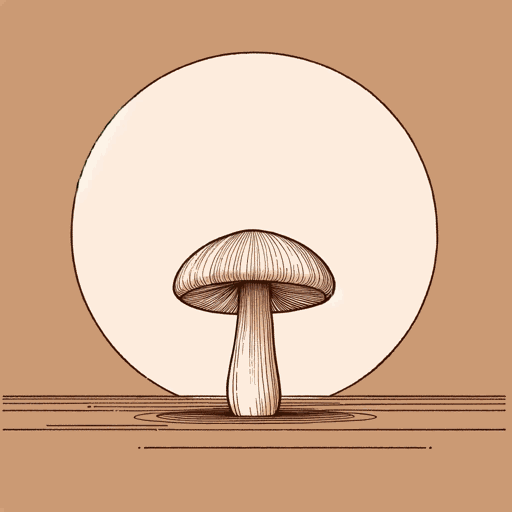75 pages • 2 hours read
Anna Lowenhaupt TsingThe Mushroom at the End of the World
Nonfiction | Book | Adult | Published in 2015A modern alternative to SparkNotes and CliffsNotes, SuperSummary offers high-quality Study Guides with detailed chapter summaries and analysis of major themes, characters, and more.
Before You Read
Summary
Preface
Prologue
Part 1, Introduction
Part 1, Chapters 1-3
Part 1, Interlude 1.1
Part 2, Introduction
Part 2, Chapters 4-7
Part 2, Interlude 2.2
Part 2, Chapters 8-10
Part 2, Interlude 2.3
Part 3, Introduction
Part 3, Chapters 11-13
Part 3, Chapters 14-15
Part 3, Chapters 16-17
Part 3, Interlude 3.3
Part 4, Introduction
Part 4, Chapters 18-19
Part 4, Chapter 20 and Conclusion
Key Figures
Themes
Index of Terms
Important Quotes
Essay Topics
Part 3, Interlude 3.3Chapter Summaries & Analyses
Part 3: “Disturbed Beginnings: Unintentional Design”
Part 3, Interlude 3.3 Summary and Analysis: “Dancing”
Tsing introduces people back into the narrative through metaphor, in which she compares matsutake picking to dancing. Picking relies on careful attention, the use of all senses, and can be highly emotional: “One gets up before dawn to be there first, lest others find the mushrooms. Yet no one can find a mushroom by hurrying through the forest: ‘slow down,’ I was constantly advised” (242). Pickers search the soil without caring much for scientific terms, and instead seek moisture and the presence of plants the mushroom is known to grow with: Instead, searching brings us to the liveliness of beings experienced as subjects rather than objects” (243). Mushroom picking is not objective, or abstract. Knowledge is constructed through activity, not formal study. Yet these methods are no less illuminating than those of scientists, and both groups are motivated by emotions. Studying spores was driven by “love” and the pursuit of the forest reads here like another form of passion.

